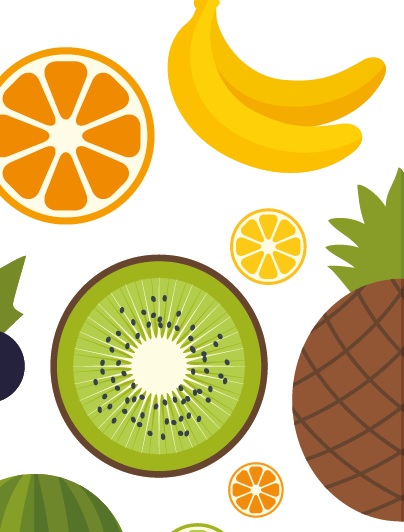___________________________
APPLE MAY TAKE THE lion’s share of cider sales but it’s fruit cider where the growth is coming from. According to the Westons 2016 Cider Report, fruit cider in the UK on-trade is growing by a whopping 34% a year and now accounts for 26% of volume.
And it’s not just in the UK where cider sales are rosy. Canadean data estimates that an additional 640m litres of cider will be consumed worldwide by 2020 with total volume expected to reach 3bn litres. The UK downs the most, accounting for a 33% share, but Canadean reckons the US, Australia and South Africa will contribute nearly 70% of the additional cider volume.
Within each of these markets ‘new and innovative’ ciders are said to be causing sales growth as consumers switch from beer and other flavoured alcoholic drinks.
According to Canadean, the super-premium fruit flavours of Scandinavian cider brands such as Kopparberg and Rekorderlig are driving the increased consumption in Australia, while in South Africa drinks that appeal to a younger demographic are driving both volume and value.
Natalie and Stephan Meyer own the Clarens Brewery in the foothills of the Maluti mountains in South Africa. As well as a wide range of beers, they sell Red Stone cider. Says Natalie: “We‘ve seen a marked rise in popularity in the past three years. Where we initially only had a pure apple cider which sold well, we now have four fruit flavours, including cherry and pineapple, which outsell the apple by far.”
Their main outlet for sales is their own brew pub but they also distribute to seven other craft beer outlets/brew pubs in South Africa. Meyer would love to be able to sell the cider further afield but says: “Although we’ve been producing cider for 11 years, we’re not even close to supplying the South African market demand.”
She puts Red Stone’s success down to the fact that they emphasise the hand-crafted, preservative and additive-free aspect of the cider. “In addition, the fact that the product is locally produced plays a huge role.
“As for the perfect serve, our
ciders are fermented with real fruit juice, so a lovely glass with some ice is all that is needed to enjoy the real fruit flavours.”
PREMIUM OFFER
In New Zealand, Simon Smith, the spokesperson for DB Breweries, says that in an on-premise environment flavoured ciders are a premium offer, and are typically served over ice with garnish.
“Flavoured ciders are seen as the entry point into the cider market due to their sweeter, less challenging taste profile, and their single bottle format means they are an easy way to explore different flavours,” he says.
Smith adds that berry-type flavours are the most popular varieties. They are mainly consumed by women and tend to be enjoyed at the start of an evening out.



